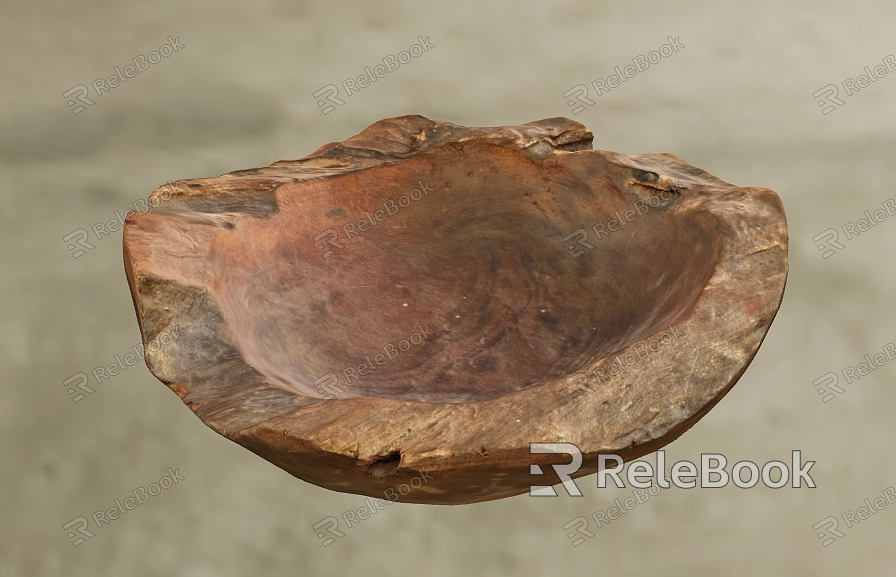how to texture 3d models?
How to texture 3d models? Texturing 3D models involves applying images or patterns onto the surface of the model to give it a realistic or desired appearance. Here are the general steps to texture a 3D model:
UV Unwrapping: Before texturing, you need to unwrap the UVs of the 3D model. UV unwrapping is the process of flattening the 3D model’s surface onto a 2D plane, creating a UV map. This map determines how the textures will be applied to the model.

Create or Obtain Textures: You can create your own textures using image editing software like Photoshop or GIMP, or you can find pre-made textures online. Textures can include color, bump, specular, and other maps that define different aspects of the model’s appearance.If you need it, I recommend downloading 3D textures from Relebook. There is no better choice than this.
Assign Materials: In 3D software, you need to assign materials to different parts of the model. A material is a combination of textures and settings that define how light interacts with the surface. You can assign different materials to different parts of the model based on your desired look.
Texture Mapping: Once you have your textures and materials ready, you can start applying them to the model. This is done by mapping the textures onto the UV map you created earlier. You can use the UV editor in your 3D software to align and scale the textures properly.
Adjust and Fine-tune: After applying the textures, you may need to adjust their placement, scale, or other properties to achieve the desired look. You can also add additional effects like weathering, dirt, or scratches to enhance the realism.
Test and Render: Finally, you should test the textured model in different lighting conditions and camera angles to ensure it looks as intended. Once you are satisfied, you can render the final image or animation.
Keep in mind that the specific steps and tools may vary depending on the 3D software you are using. It’s recommended to refer to the documentation or tutorials of your chosen software for more detailed instructions.

